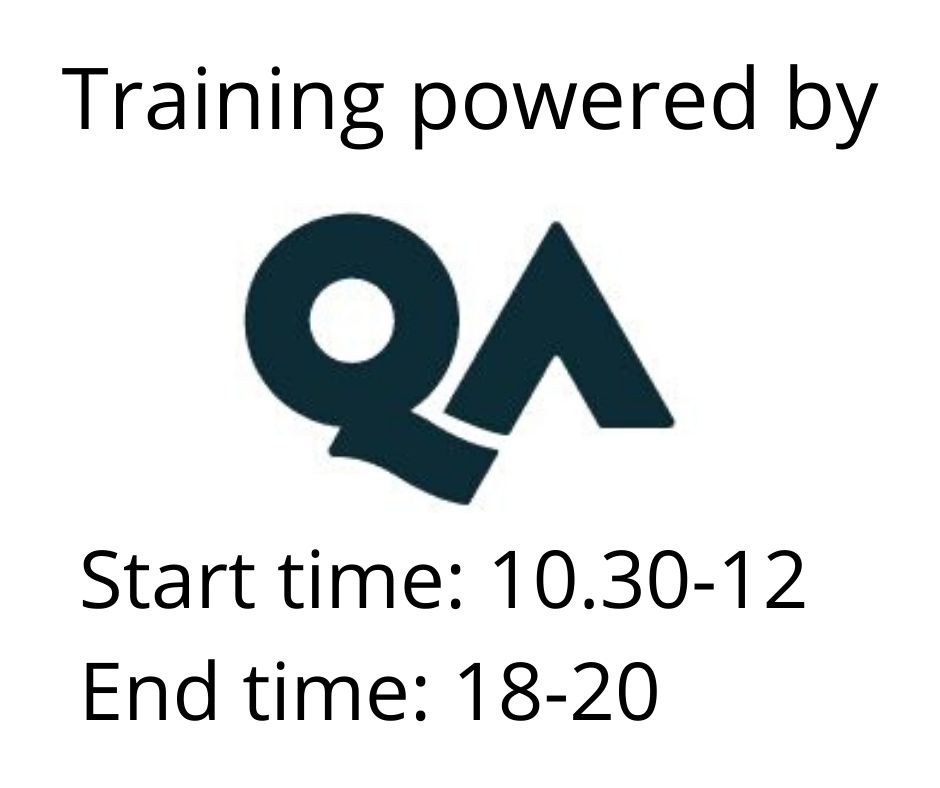Intermediate Querying SQL Databases using T-SQL
This course will provide more advanced T-SQL knowledge for those who have attended the QATSQL or M20761A courses. This is not a beginner course. For those requiring a basic level of T-SQL for reporting then please review the QATSQL course first.
Osallistumismuoto
Remote
Kesto
2 päivää
Hinta
3352 €
This course will provide more advanced T-SQL knowledge for those who have attended the QATSQL or M20761A courses. This is not a beginner course. For those requiring a basic level of T-SQL for reporting then please review the QATSQL course first.
Target Audience
IT Professionals who will be writing queries for use with Microsoft SQL Server from SQL 2005 to 2016. Non-technical 'power users' will also benefit from the course if they are comfortable using sophisticated software tools like SQL Server Management Studio.
The course is aimed at both non-technical 'power users' and IT Professionals who will be writing queries for use with Microsoft SQL Server.
Please note - Delegates attending an Extended Classroom delivery will need access to a second monitor.
What's included
- QA offers more benefits. Here is what's included with this course:
- Key Learning Points
Prerequisites
Delegates should have knowledge to the level of QA's QATSQL or M20761A courses. This is not a beginner course. For those requiring a basic level of T-SQL for reporting then please review the QATSQL course first.
Virtual Classroom
For learners attending remotely via any virtual classroom, an additional screen is required for this course to work through remote desktop labs and view training information. A remote Desktop will be provided using GoToMyPC or LearnOnDemand.
The additional screen must have a minimum screen size of 19 inch and minimum resolution of 1280x1024, with the vertical resolution (1024) being the most critical.
If you have questions,contact our Virtual team.
Course Content
Module 1: Using Table Expressions
This module introduces T-SQL expressions which return a valid relational table, typically for further use in the query. The module discusses views, derived tables, common table expressions and inline table-valued functions.
Lessons
- Using Derived Tables
- Using Common Table Expressions
- Using Views
- Using Inline Table-Valued Functions
Module 2: Using Set Operators
This module introduces the set operators UNION, INTERSECT, and EXCEPT to compare rows between two input sets.
Lessons
- Writing Queries with the UNION Operator
- Using EXCEPT and INTERSECT
- Using APPLY
Module 3: Using Window Ranking, Offset, and Aggregate Functions
This module introduces window functions including ranking, aggregate and offset functions. Much of this functionality is new to SQL Server 2012. It will cover the use of T-SQL functions such as ROW_NUMBER, RANK, DENSE_RANK, NTILE, LAG, LEAD, FIRST_VALUE and LAST_VALUE to perform calculations against a set, or window, of rows.
Lessons
- Creating Windows with OVER
- Exploring Window Functions
Module 4: Pivoting and Grouping Sets
This module discusses techniques for pivoting data in T-SQL as well to introduce the fundamentals of the GROUPING SETS clause. It will also cover the use of GROUP BY ROLLUP and GROUP BY CUBE syntax in SQL Server.
Lessons
- Writing Queries with PIVOT and UNPIVOT
- Working with Grouping Sets
Module 5: Programming with T-SQL
This module provides a basic introduction to T-SQL programming concepts and objects. It discusses batches, variables, control of flow elements such as loops and conditionals, how to create and execute dynamic SQL statements, and how to use synonyms.
Lessons
- T-SQL Programming Elements
- Controlling Program Flow
Module 6: Implementing Error Handling
This module introduces the use of error handlers in T-SQL code. It will introduce the difference between compile errors and run-time errors, and will cover how errors affect batches. The module will also cover how to control error handling using TRY/CATCH blocks, the use of the ERROR class of functions, and the use of the new THROW statement.
Lessons
- Using TRY / CATCH Blocks
- Working with Error Information
Module 7: Implementing Transactions
This module introduces the concepts of transaction management in SQL Server. It will provide a high-level overview of transaction properties, cover the basics of marking transactions with BEGIN, COMMIT and ROLLBACK.
Lessons
- Transactions and the Database Engine
- Controlling Transactions
- Isolation Levels
Hinta 3352 € +alv
Pidätämme oikeudet mahdollisiin muutoksiin ohjelmassa, kouluttajissa ja toteutusmuodossa.
Katso usein kysytyt kysymykset täältä.
